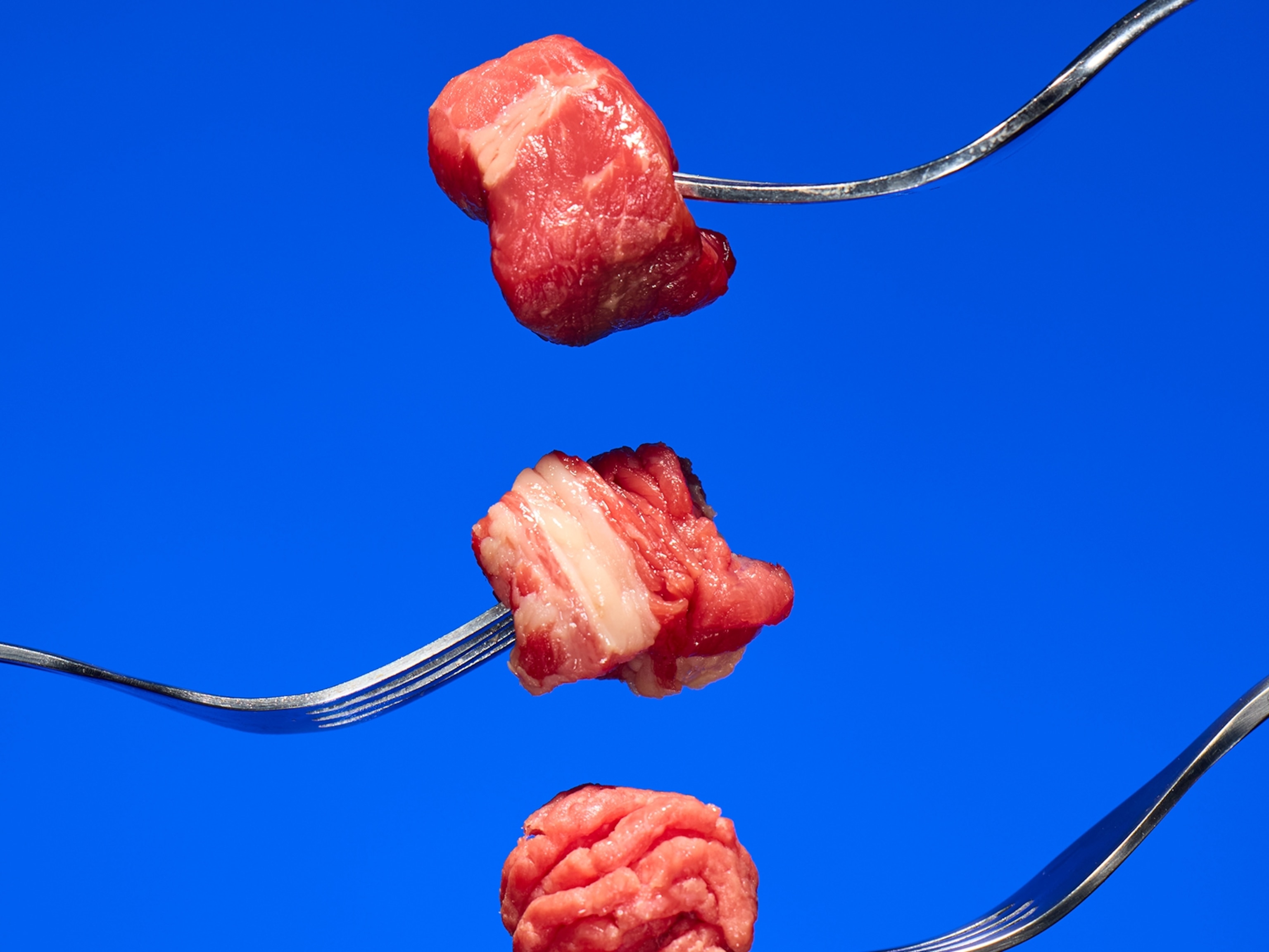
No Yolk: USDA May Put Eggs Back on the Menu
Editor’s Note: The new recommendations have been released. Read “New U.S. Dietary Recommendations First to Consider Environmental Impact.”
Is the federal government poised to return eggs to everyday breakfasts?
A few weeks ago, I wrote about the impending revision of the Dietary Guidelines for Americans, the federal prescription for what we should eat (and not eat). The Guidelines are rewritten every five years, and usually provoke politicking and contentiousness, because they determine the menu for massive institutional buying programs, as well as providing marketing fodder for food companies. (Think of every “No trans fats!” label you’ve ever seen.)
Recently there was a leak that this round of the guidelines might recommend against eating meat, especially lean meat, which triggered explosive opposition from powerful trade groups such as the North American Meat Institute and its allies. The newest round of rumors is a little less broad, but may be more significant. According to the Washington Post, the government is prepared to abandon its almost 40-year war against cholesterol in food.
A little recap of how we got here:
Cholesterol, a waxy fat-like substance, is a longtime dietary villain. The very first time the U.S. government wrote diet advice was in the 1977 Dietary Goals for the United States. The Goals, the first document of their kind, were written by a Senate panel, and aimed straight at cholesterol as a bad actor. They intoned, “The diet of the American people has become increasingly rich—rich in meat, other sources of saturated fat and cholesterol, and in sugar… The over-consumption of fat generally, and saturated fat in particular, as well as cholesterol, sugar, salt and alcohol have been related to six of the 10 leading causes of death.” The committee recommended that Americans reduce their cholesterol consumption to 300 milligrams per day—a bit bigger than a single egg — and “decrease consumption of butterfat, eggs and other high-cholesterol sources.”
That advice was adopted by that Senate committee’s successor, the Dietary Guidelines Advisory Committee, which is under the U.S. Department of Agriculture. In the last round of Guidelines in 2010, it maintained the decades-old advice to keep cholesterol under 300 mg, listed dietary cholesterol under “Foods and food components to reduce” and warned specifically against foods that contain high levels of cholesterol: lobster, shrimp and especially eggs.
The rationale for all this was that cholesterol in the blood helps create hard deposits on blood vessel walls, contributing to heart attacks and strokes. More than a third of the U.S. population have heart disease, and half of those people have high blood cholesterol—so it was reasonable to believe that cutting dietary cholesterol would reduce the incidence of blood cholesterol.
Reasonable, but incorrect: By the mid-2000s, multiple pieces of research (reviewed, for instance, in this article) showed there was no association between cholesterol-containing foods and blood cholesterol content, and specifically ruled out eggs as a problem. What most affected blood cholesterol, it turned out, was foods containing saturated fat: muscle meats, milk and cheese. By 2013, the American College of Cardiology and American Heart Association agreed: “There is insufficient evidence to determine whether lowering dietary cholesterol reduces” harmful cholesterol in the blood.
If the government disavows the anti-cholesterol advice, it could have several significant effects. Shrimp are a known source of dietary cholesterol, and some people steer clear of them as a result. American shrimp-fishing communities are under stress from cheap imports; anything that directed investment and market demand back to them would benefit them.
The biggest source of dietary cholesterol, though, is eggs. If “avoiding cholesterol” were removed from the new guidelines, that would be a gift to the egg industry. According to the radio program Marketplace, egg consumption plummeted after dietary advice blamed eggs in the 1970s, and has never recovered. In England, which discouraged cholesterol-containing foods for the same dietary reasons, eggs came back onto the menu in 2009. According to research by the University of Surrey, egg sales were stagnant before the UK guidelines were reversed, then rose 6 percent in three years afterward, adding £54 million (about $83 million) to the British food economy.
If eggs regain approval, the big question will be whether the rest of the fats are next. Saturated fats have been undergoing a re-examination for more than a decade (check this post from last year for details). Plus, according to research published just two weeks ago, the original U.S. and U.K. bans on saturated fat were based on faulty assessments of nutritional science, and not supported by the evidence available at the time. It’s possible that, by the next round of Guidelines in 2020, all opposition to fat could be removed and beef, cheese and butter—as well as eggs—could be officially welcomed onto American plates again.





